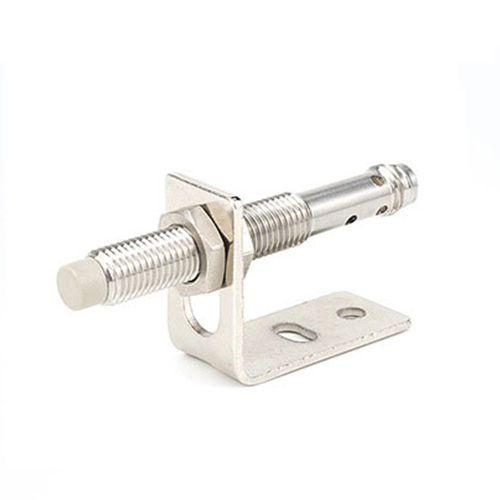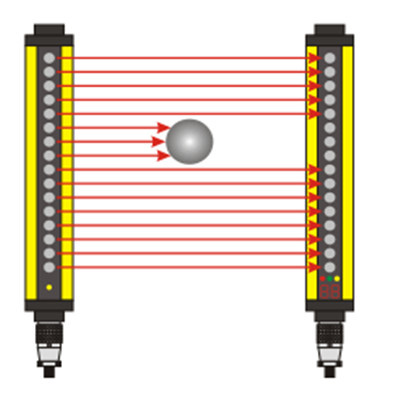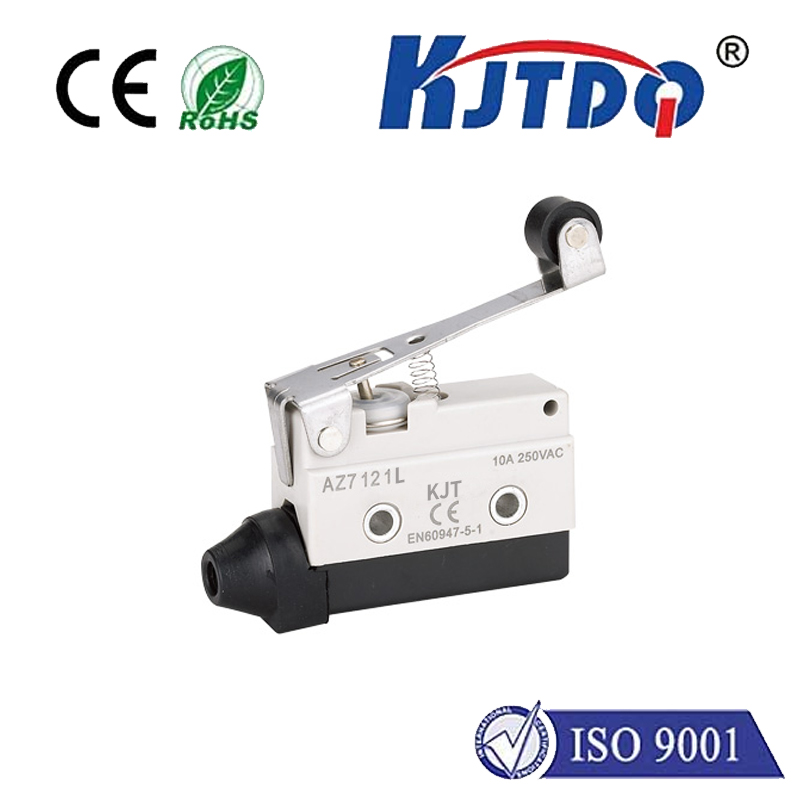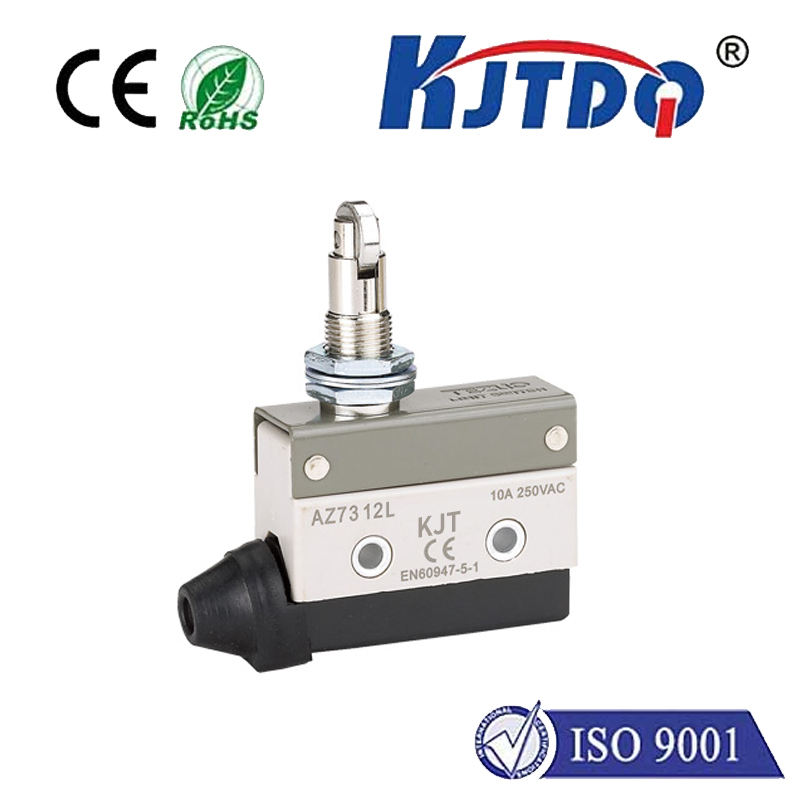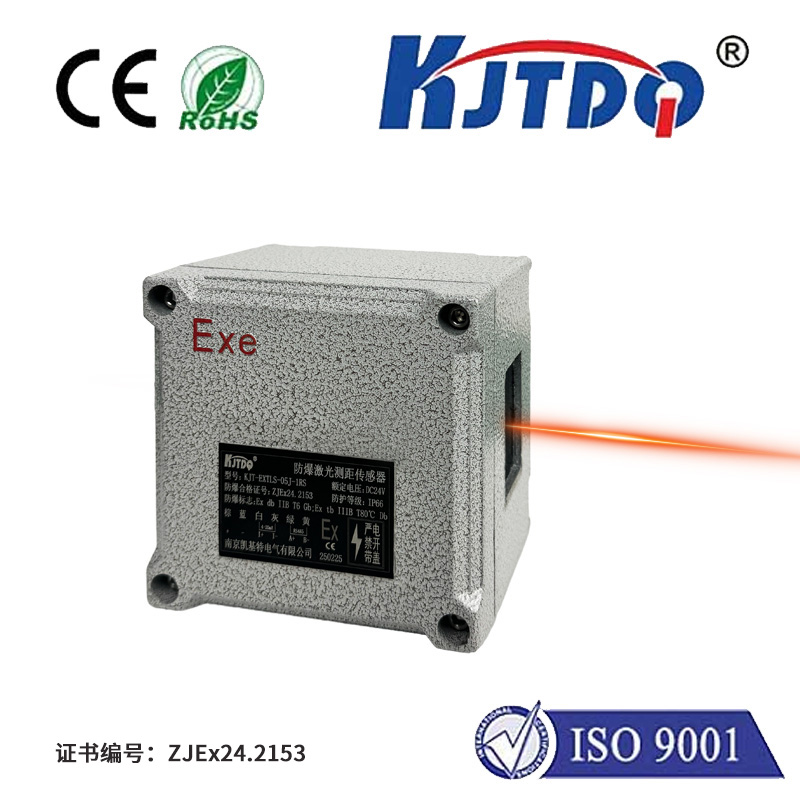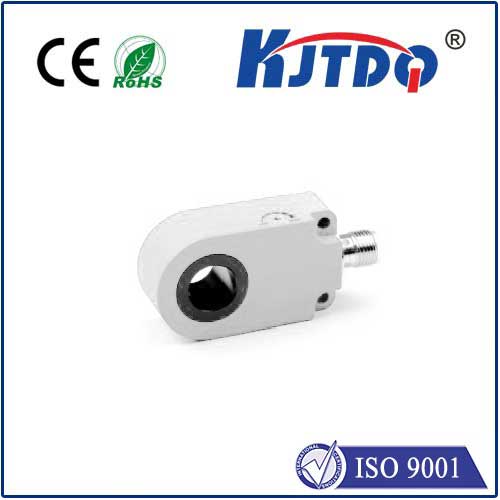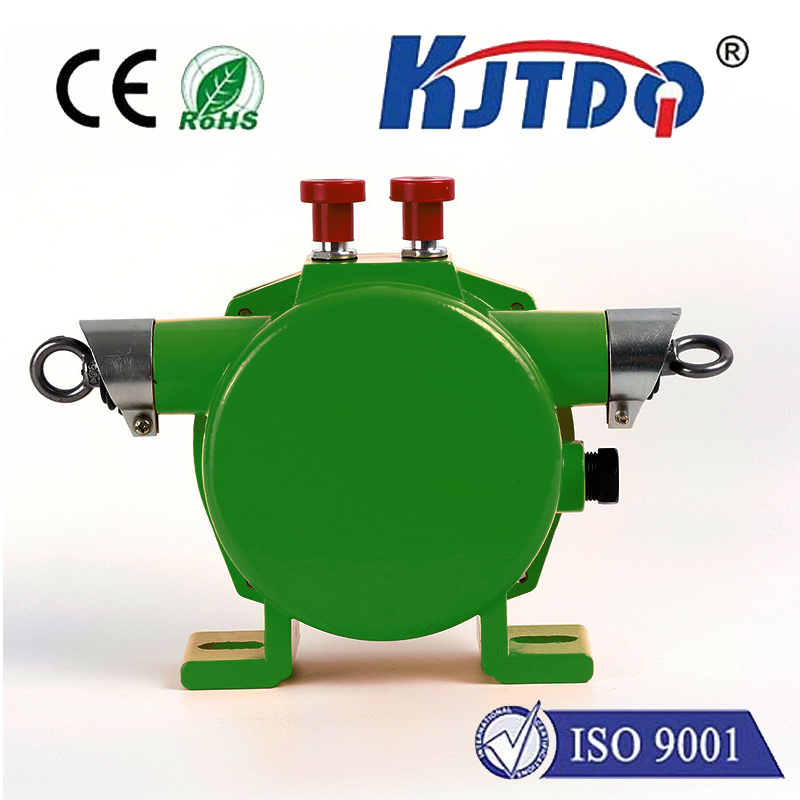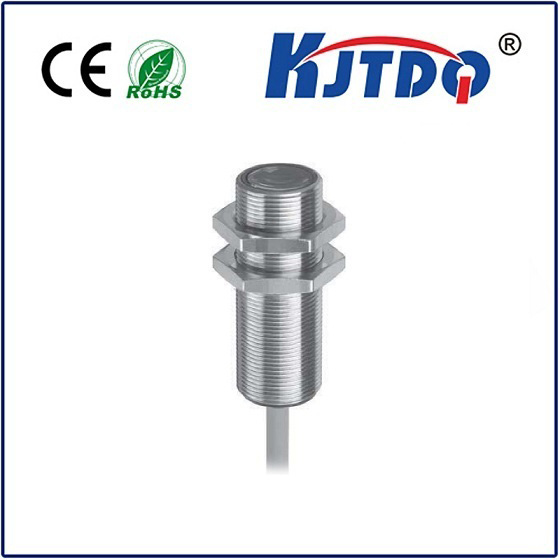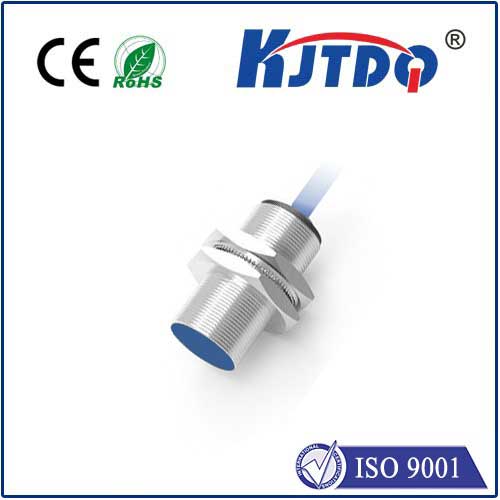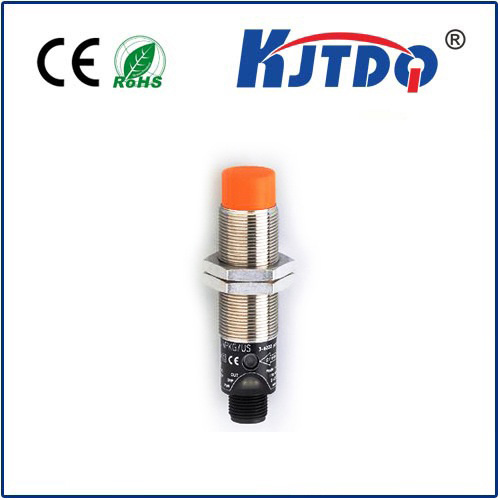

check

check

check

check

check

check

check

check

check

check
Introduction:
The field of technology is constantly evolving, with new advancements being made every day. One such innovation that has gained significant attention in recent years is the reed proximity sensor. These tiny devices have revolutionized the way we interact with technology and have a wide range of applications across various industries. In this article, we will delve into the role of reed proximity sensors, their advantages, and their impact on modern technology.
Section 1: What are Reed Proximity Sensors?
Reed proximity sensors are electronic devices used to detect the presence or absence of objects. They work by using a small reed switch, which is activated when a metal object comes within a certain distance of it. The sensor then sends a signal to an electronics board, which processes it and generates an output. These sensors are known for their high accuracy, fast response time, and low power consumption.
Section 2: Applications of Reed Proximity Sensors
The use of reed proximity sensors has become widespread in various industries, including manufacturing, automotive, healthcare, and consumer electronics. Some common applications include:
1. Inventory Management: Reed proximity sensors can be used to monitor the movement of goods within warehouses, ensuring that products are not lost or misplaced. This helps improve efficiency and reduce costs.
2. Automation and Control Systems: Reed proximity sensors can be integrated into automated systems to control movements and actions, such as opening and closing doors, turning on/off lights, or controlling elevators.
3. Health Monitoring: Reed proximity sensors can be used to measure vital signs and health data, such as heart rate and blood pressure, remotely. This allows for continuous monitoring and early detection of health problems.
4. Consumer Electronics: Reed proximity sensors are commonly found in smart home devices like thermostats, security systems, and lighting controllers. They allow users to control these devices using their voice or hand gestures.
Section 3: Advantages of Reed Proximity Sensors
There are several advantages of using reed proximity sensors over other types of sensors:
1. Cost-effective: Reed proximity sensors are relatively inexpensive compared to other types of sensors, making them a popular choice for cost-sensitive applications.
2. Easy to Install: Reed proximity sensors require minimal installation effort and can be easily incorporated into existing systems.
3. Low Power Consumption: Because they do not require complex algorithms or processing power, reed proximity sensors have low power consumption, making them ideal for battery-powered devices.
4. High Accuracy: With their ability to detect small changes in distance, reed proximity sensors have high accuracy rates and can provide reliable data even in challenging environments.
Conclusion:
In conclusion, reed proximity sensors have played a significant role in shaping modern technology by providing innovative solutions to everyday problems. Their wide range of applications and numerous advantages make them a valuable component in various industries. As technology continues to evolve, we can expect to see more sophisticated versions of these sensors emerge, further enhancing their capabilities and expanding their potential uses.
